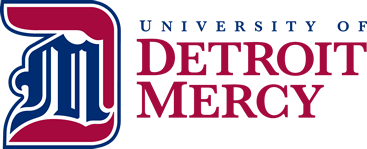Borrowing
Defining commonly used terms offers faculty and administration a way of communicating ideas effectively when developing online materials, courses, or programs. Listed below are several terms you may encounter when developing your online educational materials.
ELearning: computer-aided learning which can take place in either a traditional classroom or within a distance education course.
Distance Education: an educational system that incorporates pedagogical and technological tools to deliver course materials to students who are located at a distance from the instructor. Teachers and students may communicate asynchronously (at times of their own choosing) by exchanging printed or electronic media and/or synchronously (in "real time") through various technologies.
The Higher Learning Commission has indicated that distance education courses which require a physical on-site presence for any reason including taking exams, may be considered online or hybrid, depending on the total amount of time spent onsite.
- Synchronous: Learners and instructors are online and communicating at the same time. Examples: traditional face-to-face instruction, class sessions offered via a conferencing / virtual classroom tool like Blackboard Collaborate or Microsoft Teams
- Asynchronous: An electronically transmitted exchange of ideas that allows participation to occur at different points in time. Examples: discussion boards, document posting and standard webpages.
- Online Course: Completely (or nearly-completely) internet-based; instruction can be synchronous, asynchronous, or a combination of the two. The Detroit Mercy Program Codes page defines levels of online and face-to-face within the Online Course label.
- Face-to-Face: Portion of a course where all parties attend the same physical location at the same time (synchronously).
- Blended: A synchronous class session in which some students are online and some are students face-to-face.
- Hybrid Course: Taught using a combination of face-to-face and online sessions. Online sessions may be synchronous or synchronous. The instructor decides which parts of the course will be completed online and which will be face-to-face. All students participate in the same modality together (e.g., week one all students meet face-to-face, week two all students participate online). The Detroit Mercy Program Codes page defines levels of online and face-to-face within the Hybrid Course label.
- HyFlex Course: A single course taught both face-to-face and online, with some students attending face-to-face sessions in the classroom while other students attend online. Online attendance may be synchronous attendance in a blended synchronous session, asynchronous viewing of recorded materials or completion of equivalent online activities independent from face-to-face activities.
- Traditional Course: Taught using in-class, face-to-face instruction.
- Web-Enhanced Course: An otherwise traditional, face-to-face course that also uses the Internet to provide students with access to electronic resources and learning activities that would not be available to them in a strictly traditional classroom setting.



